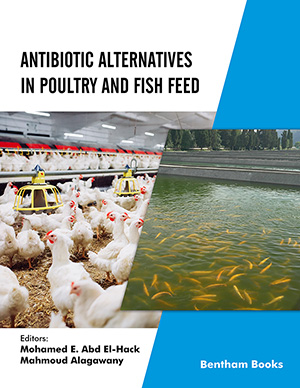Abstract
More than 800 million people in tropics and sub tropics use cassava as food. However, its roots are poor in protein content (0.7-2%). Amino acids such as lysine and methionine are also low, and some research reports indicate the absence of methionine in cassava edible roots. By inter-specific hybridization it was possible to increase true protein in cassava roots measured by amino acid contents. The amino acid profiles of a common cassava cultivar and an interspecific hybrid, namely ICB 300, were determined using the computerized amino acid analyzer Hitachi L-8500. The interspecific hybrid has 10-fold lysine and 3-fold methionine than common cassava cultivar: lysine content was 0.010 g per 100 g in the common cassava cultivar while it reached 0.098 in the inter-specific hybrid. Methionine in the common cassava cultivar was 0.014 g per 100 g whereas it reached 0.041 g per 100 g in the inter-specific hybrid. Total amino acid content in the common cassava cultivar was 0.254 g per 100 g viz. a viz. 1.664 g per 100 g in the inter-specific hybrid. The genetic variability of the profile and quantity of amino acids indicate the feasibility of selecting inter-specific hybrids that are rich in both crude protein and amino acids. Carotenoid content could be improved in cassava edible roots by selecting cultivars rich in carotenoids. In Brazil, the center of cassava origin, cassava landraces have acquired through their domestication a large diversity in relation to many economic traits such as high content of carotenoids and excellent palatability among other characters. One of these clones, which has been grown by indigenous farmers in Brazil and available at the University of Brasília genebank, showed a high level of lycopene content (5 mg/kg viz. a viz. zero in common cultivars, and 12-20 mg/kg in tomato-a lycopene-rich vegetable). The cassava landrace UnB 400 had a high content of .β-carotene (up to 4 mg/kg). This article also discusses relevant patents to the main subject of this research. Dedicated to Joachim Voss, a pioneer of Cassava Research Development, and a Visionary Administrator on his retirement from a distinguished service with IDRC and CGIAR.
Keywords: Biofortification, genetic resources enhancement, lycopene, wild Manihot species
 15
15


















